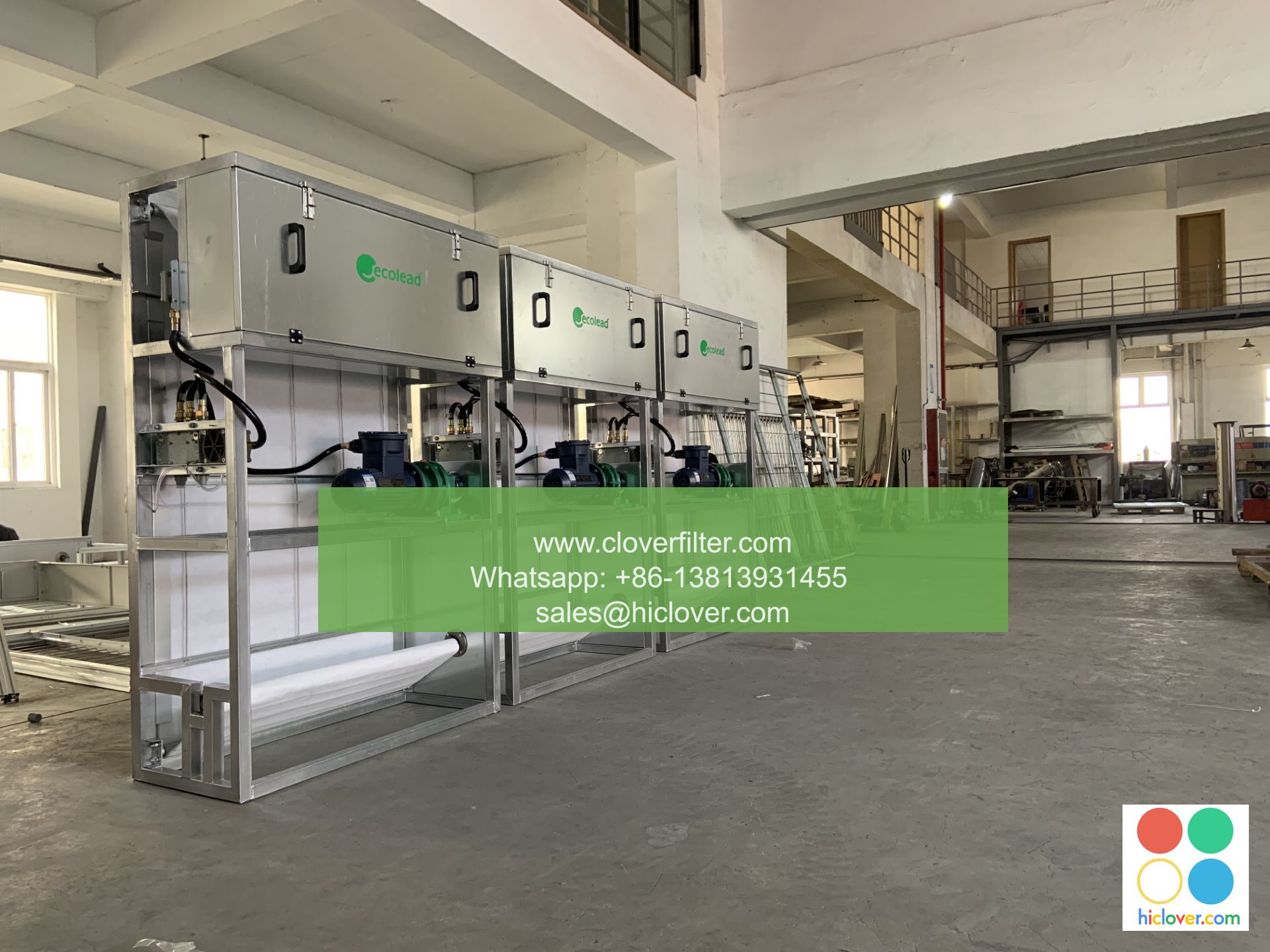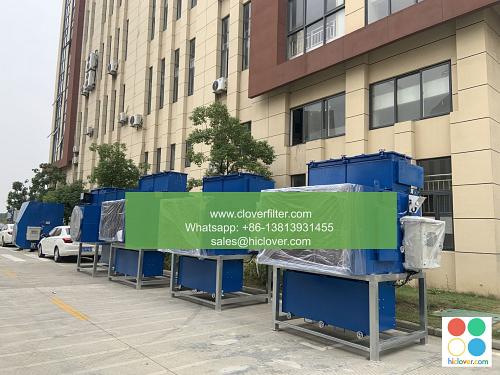Air Filter Distribution: A Key Component of Industrial Process Operations

Air filter distribution is a critical aspect of industrial process operations, playing a vital role in maintaining a safe and healthy environment for personnel, equipment, and the surrounding community. The effective distribution of air filters is essential for controlling airborne contaminants, reducing the risk of equipment damage, and ensuring compliance with regulatory requirements. In this article, we will delve into the world of air filter distribution, highlighting its importance, application areas, and key considerations for industrial process operations.
Importance of Air Filter Distribution
Air filter distribution is crucial in industrial settings, where the presence of airborne contaminants can have severe consequences on equipment, personnel, and the environment. The distribution of air filters helps to:
* Remove particulate matter, gases, and vapors from the air, reducing the risk of equipment damage and maintenance costs
* Prevent the spread of contaminants, minimizing the risk of product spoilage and ensuring compliance with regulatory requirements
* Maintain a healthy and safe working environment, reducing the risk of respiratory problems and other health issues
* Optimize equipment performance, reducing downtime and increasing productivity
Application Areas of Air Filter Distribution
Air filter distribution is applied in various industrial settings, including:
* Pharmaceutical and Biotechnology: Air filter distribution is critical in these industries, where the presence of airborne contaminants can compromise product quality and safety.
* Food and Beverage: Air filter distribution helps to prevent contamination, ensuring the quality and safety of food products.
* Chemical and Petrochemical: Air filter distribution is essential in these industries, where the presence of airborne contaminants can pose significant risks to equipment, personnel, and the environment.
* Aerospace and Defense: Air filter distribution is critical in these industries, where the presence of airborne contaminants can compromise equipment performance and safety.
* Automotive and Manufacturing: Air filter distribution helps to maintain a healthy and safe working environment, reducing the risk of equipment damage and maintenance costs.
Key Considerations for Air Filter Distribution
When designing and implementing an air filter distribution system, several key considerations must be taken into account, including:
* Filter Selection: Choosing the right air filter for the specific application, considering factors such as filter efficiency, pressure drop, and maintenance requirements.
* System Design: Designing the air filter distribution system to ensure optimal airflow, pressure, and filter performance.
* Installation and Maintenance: Ensuring proper installation and maintenance of the air filter distribution system, including regular filter replacement and cleaning.
* Regulatory Compliance: Ensuring compliance with regulatory requirements, such as those related to air quality, safety, and environmental protection.
Technologies and Innovations in Air Filter Distribution
The air filter distribution industry is constantly evolving, with new technologies and innovations emerging to improve efficiency, effectiveness, and sustainability. Some of the key technologies and innovations include:
* HEPA and ULPA Filters: High-efficiency particulate air (HEPA) and ultra-low penetration air (ULPA) filters, which offer superior filtration efficiency and performance.
* Activated Carbon Filters: Filters that use activated carbon to remove gases, vapors, and odors from the air.
* Ionization and Electrostatic Precipitation: Technologies that use ionization and electrostatic precipitation to remove airborne contaminants.
* Internet of Things (IoT) and Smart Sensors: Technologies that enable real-time monitoring and control of air filter distribution systems, optimizing performance and reducing energy consumption.
In conclusion, air filter distribution is a critical component of industrial process operations, playing a vital role in maintaining a safe and healthy environment for personnel, equipment, and the surrounding community. By understanding the importance, application areas, and key considerations of air filter distribution, industries can ensure optimal performance, reduce costs, and comply with regulatory requirements. As the industry continues to evolve, new technologies and innovations will emerge, offering improved efficiency, effectiveness, and sustainability in air filter distribution. Prompt

